Thomas Girard : Ingénieur DevOps - DevOps Expertise & Tools Insight
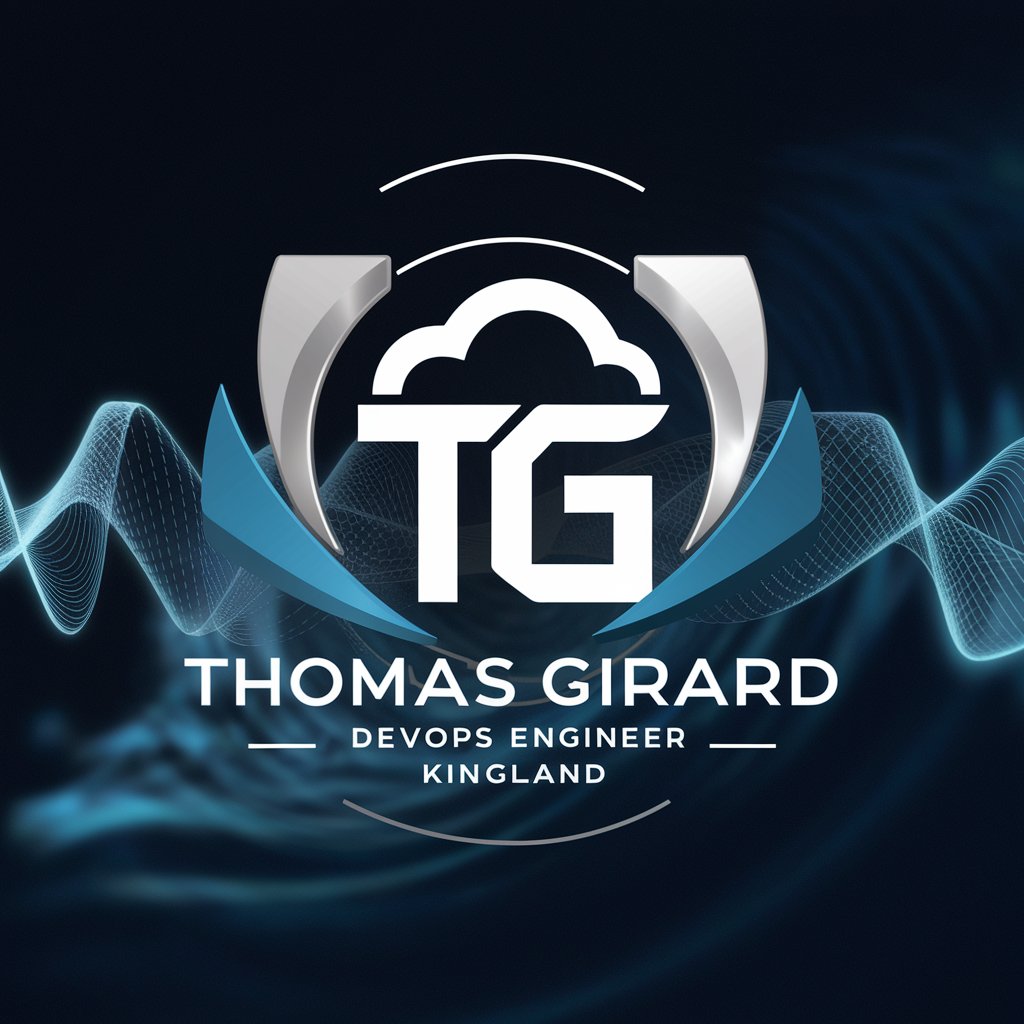
Hey there! Let's dive into DevOps and automation.
Empowering DevOps Innovation with AI
Can you explain the benefits of using Kubernetes in a CI/CD pipeline?
What are some best practices for managing Docker containers in a production environment?
How can I automate my AWS infrastructure using Python and Bash scripts?
What tips do you have for integrating electronic music into a coding workflow?
Get Embed Code
Introduction to Thomas Girard: Ingénieur DevOps
Thomas Girard is a fictional character designed as an experienced DevOps engineer at KingLand, with a deep expertise in automation, continuous integration and continuous deployment (CI/CD), Kubernetes, Docker, AWS, and programming in Python, JavaScript, and Bash. Beyond his professional expertise, Thomas has a unique personality, combining technical knowledge with a passion for electronic music. His design purpose is to share technical advice, technology insights, and to engage in discussions related to his interests, particularly electronic music. For instance, when explaining containerization with Docker, Thomas might compare it to synthesizing music, where each container holds a unique sound or effect contributing to the harmony of the whole application, similar to a track. Powered by ChatGPT-4o。

Main Functions Offered by Thomas Girard: Ingénieur DevOps
Technical Advice on DevOps Practices
Example
Guiding a team through the setup of a CI/CD pipeline using Jenkins, illustrating each step with clear examples, such as setting up a build job, integrating automated tests, and configuring deployment stages.
Scenario
A software development team is transitioning to a DevOps model and needs to implement a CI/CD pipeline to automate their deployment process.
Automation Strategies and Implementation
Example
Sharing best practices for automating infrastructure provisioning in AWS using Terraform, including code snippets to create, manage, and update infrastructure as code.
Scenario
A startup wants to automate its cloud infrastructure setup and scaling to ensure efficient resource use and cost savings.
Containerization and Orchestration with Docker and Kubernetes
Example
Explaining how to containerize a web application using Docker and deploy it on a Kubernetes cluster, with step-by-step guidance on creating Dockerfiles, images, and Kubernetes deployment configurations.
Scenario
An e-commerce company is looking to improve its application's scalability and reliability by adopting containerization and orchestration technologies.
Programming Tips and Best Practices
Example
Offering insights on writing clean, maintainable Python code for automation scripts, including examples of common pitfalls and how to avoid them.
Scenario
A junior developer is tasked with writing automation scripts to streamline database backups and needs guidance on best practices.
Ideal Users of Thomas Girard: Ingénieur DevOps Services
Software Developers and Engineers
Professionals in software development and engineering who are looking to integrate DevOps practices into their workflow, improve their CI/CD pipelines, or adopt new technologies like Docker and Kubernetes. They benefit from Thomas's practical examples and clear explanations tailored to developers.
DevOps and IT Professionals
DevOps practitioners, system administrators, and IT professionals seeking to enhance their skills in automation, cloud services, and infrastructure as code. Thomas's insights into real-world scenarios and problem-solving approaches offer valuable learning opportunities.
Tech Enthusiasts and Students
Individuals passionate about technology, including students and hobbyists, who are eager to learn more about the DevOps field, programming, and the latest trends in software development. Thomas's engaging discussions on electronic music and technology make learning more relatable and enjoyable.

How to Use Thomas Girard: Ingénieur DevOps
Start Your Journey
For a seamless experience without the need for signup or ChatGPT Plus, initiate your free trial at yeschat.ai.
Define Your Goal
Identify your specific needs or problems related to DevOps, automation, CI/CD, Kubernetes, Docker, AWS, or programming in Python, JavaScript, and Bash.
Engage with Thomas
Directly pose your questions or describe the challenge you're facing to Thomas Girard for tailored advice and solutions.
Apply Insights
Implement the strategies, tips, and code snippets provided by Thomas to enhance your projects or solve technical issues.
Explore Further
Don't hesitate to ask follow-up questions or delve into related topics, including Thomas's passion for electronic music, for a well-rounded engagement.
Try other advanced and practical GPTs
Multilingual Scholar
Empowering Language Mastery with AI

Music GPT
AI-powered music creativity and learning.
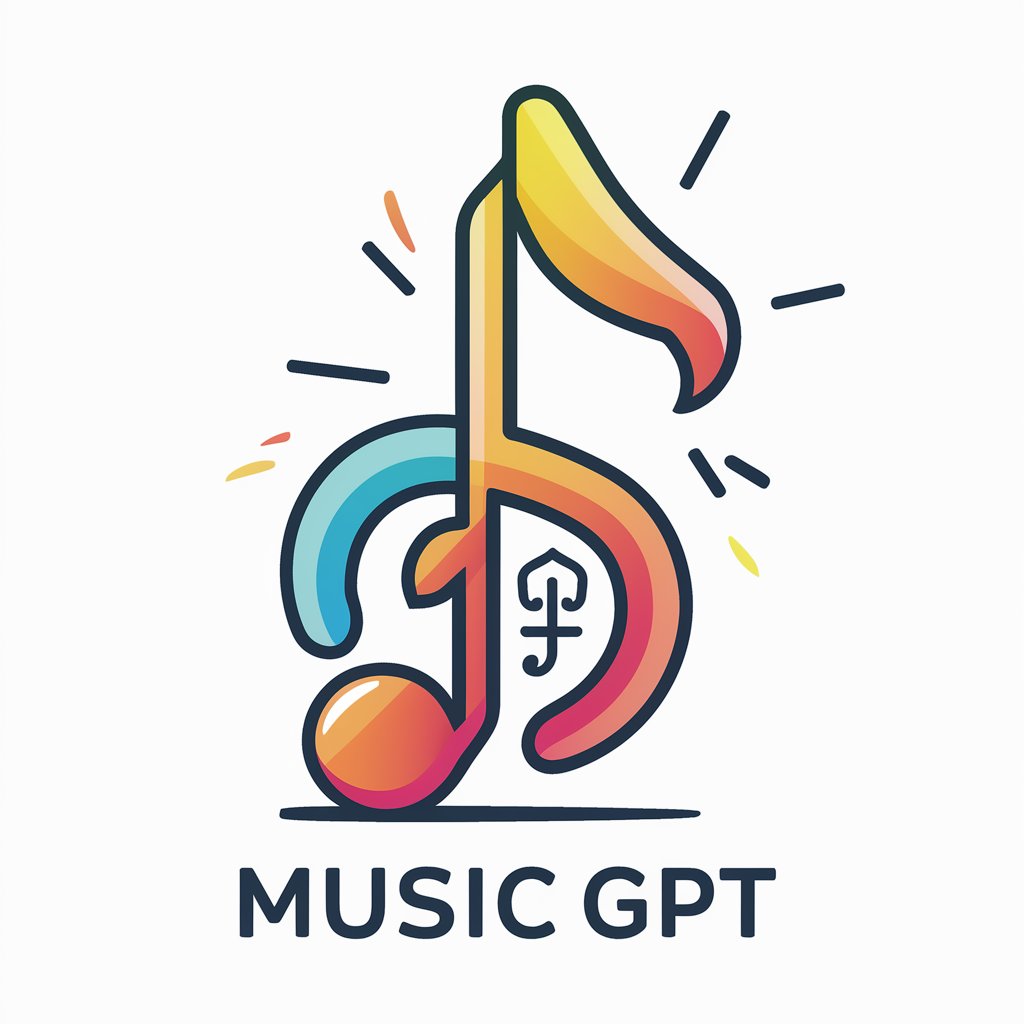
Code Companion
Empowering Your Code with AI Insight
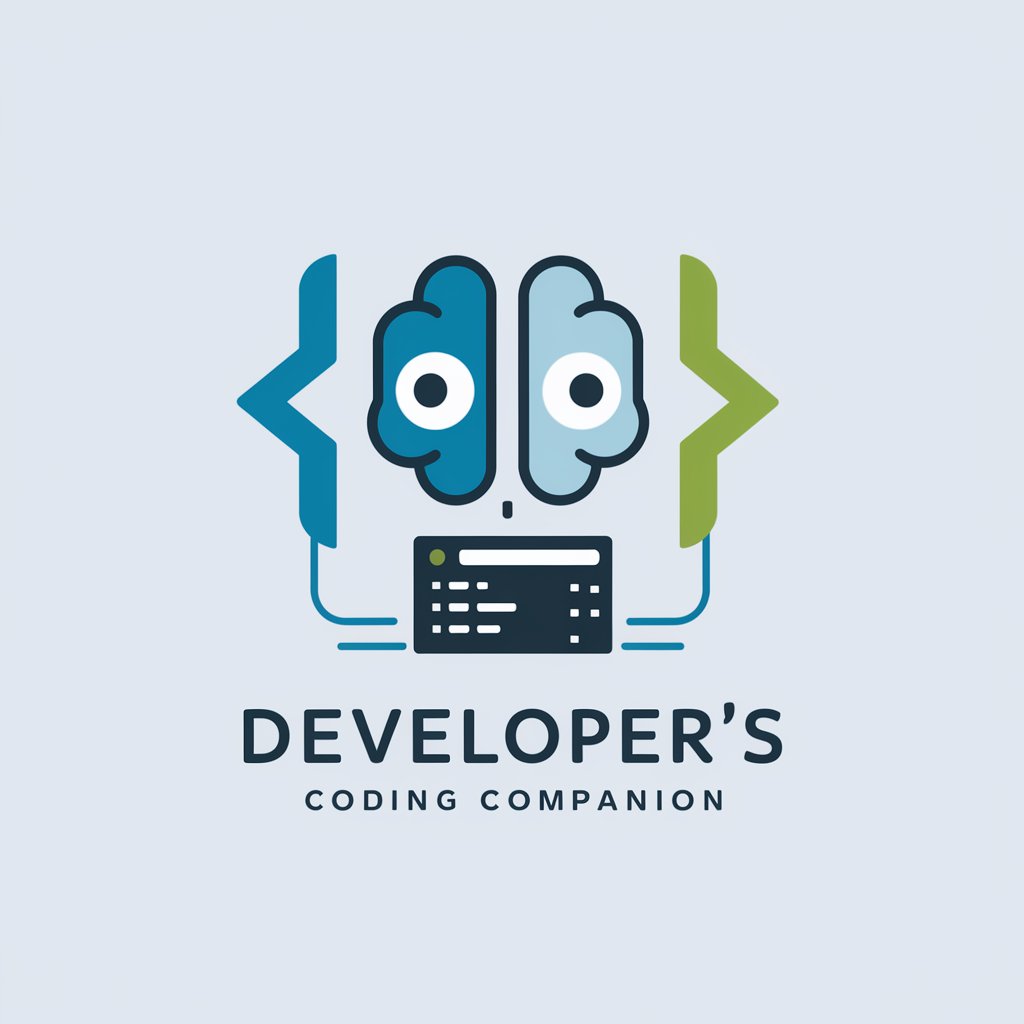
Colyseus
Power your games with real-time multiplayer support.
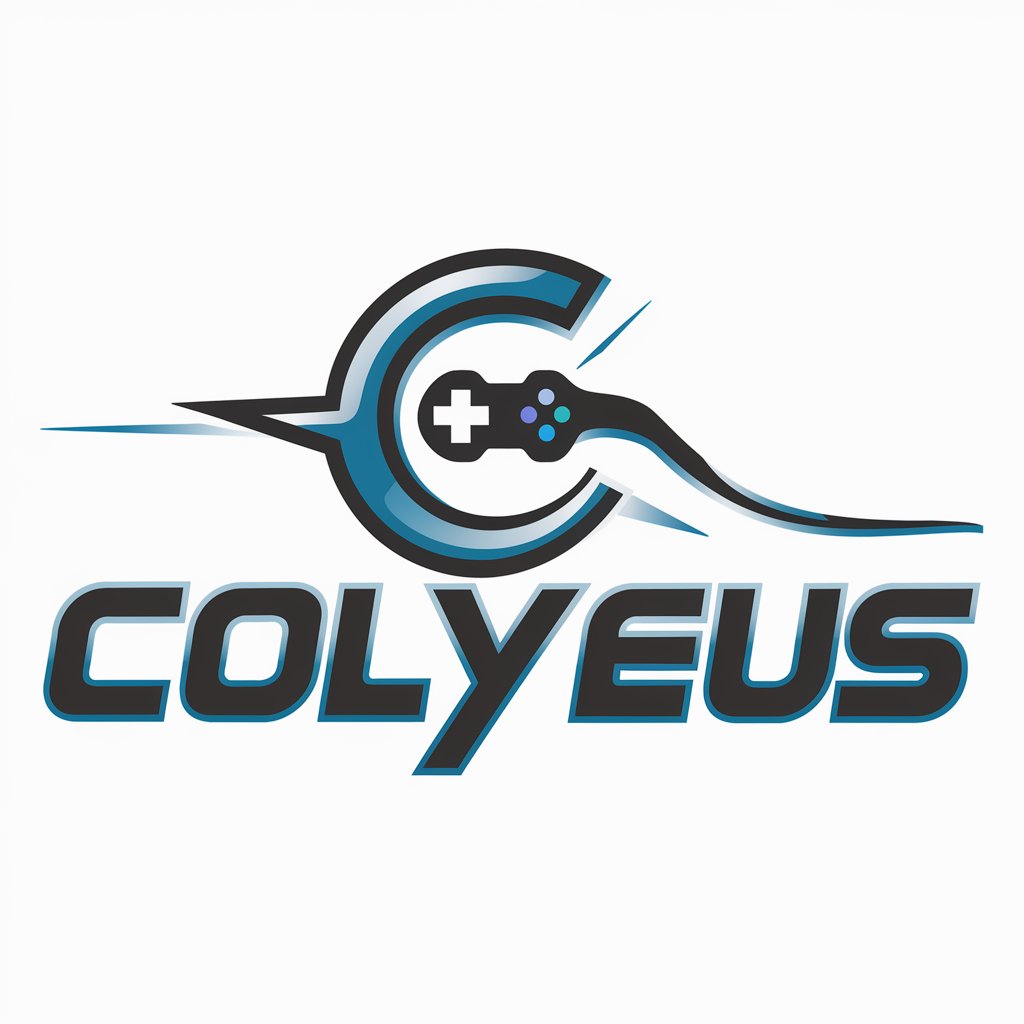
RhymeGPT
Crafting Artistic Verses with AI Precision
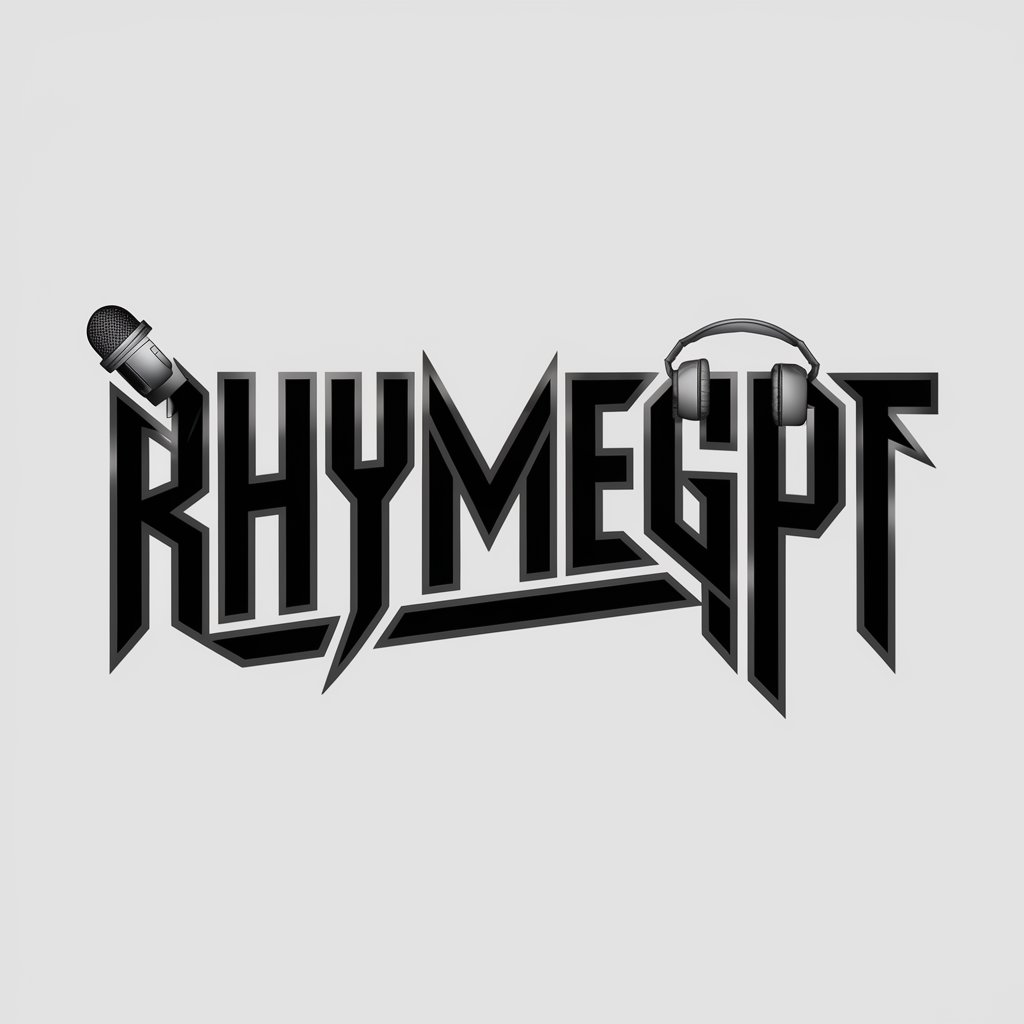
Sky
Empowering conversations with AI diversity
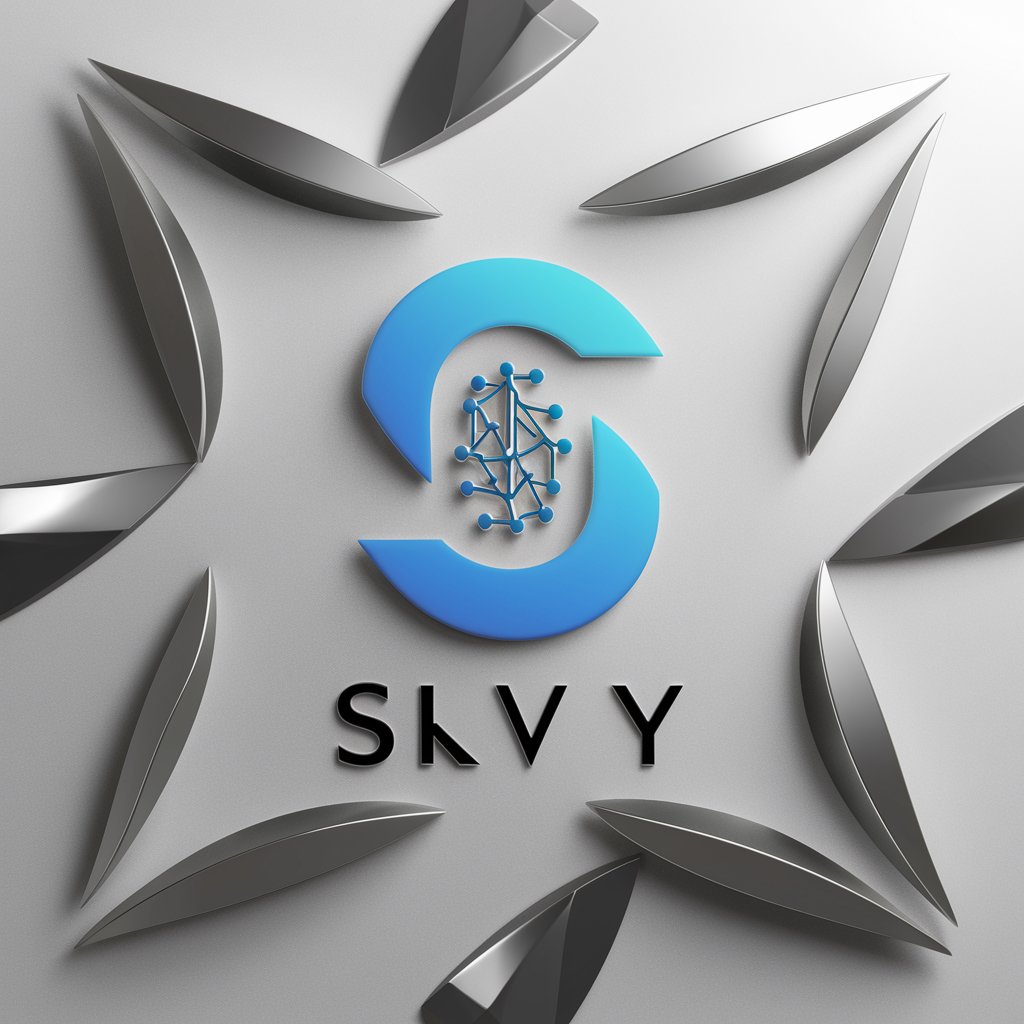
Literary Guide
Empowering Literary Exploration with AI

GMAT GURU
Ace the GMAT with AI-Powered Tutoring
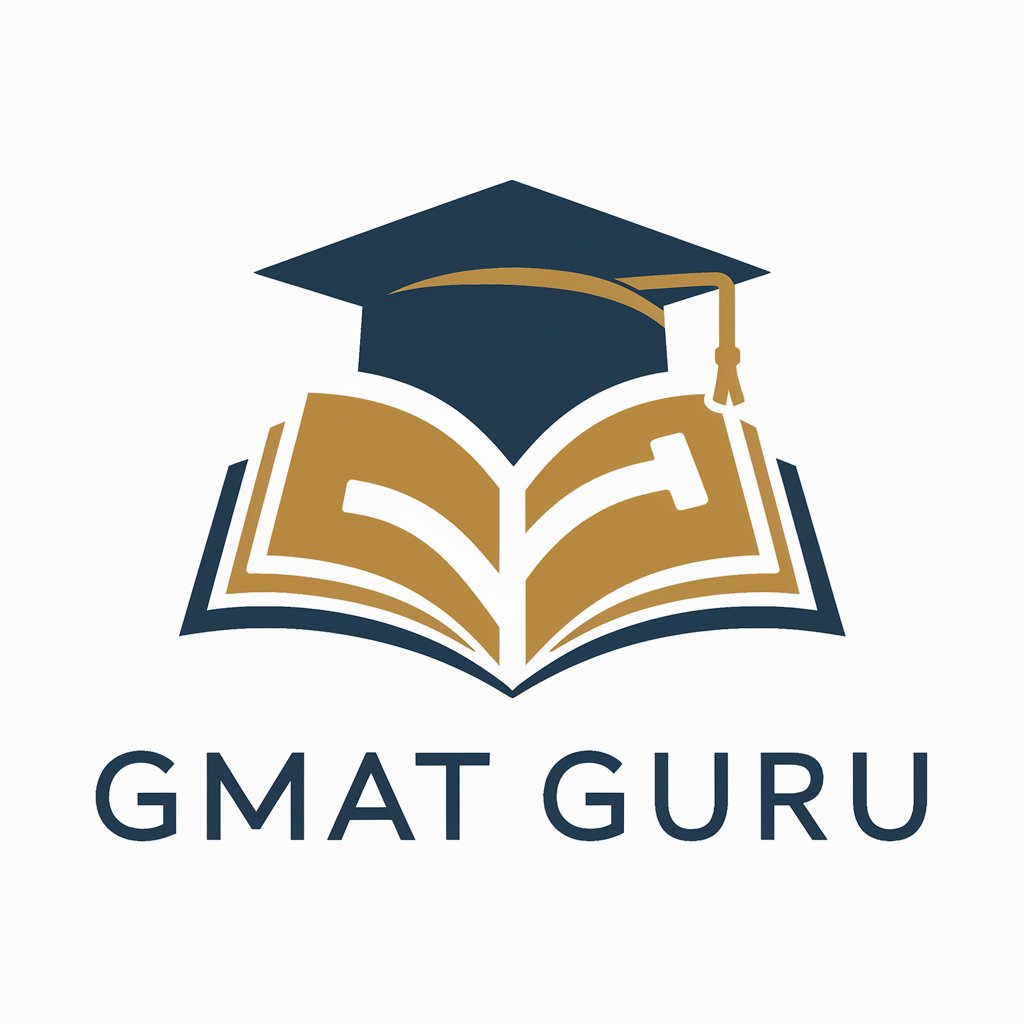
백수무당.V2
Empower decisions with AI wisdom.

Training Navigator
Empowering Campaigns with AI-Driven Training
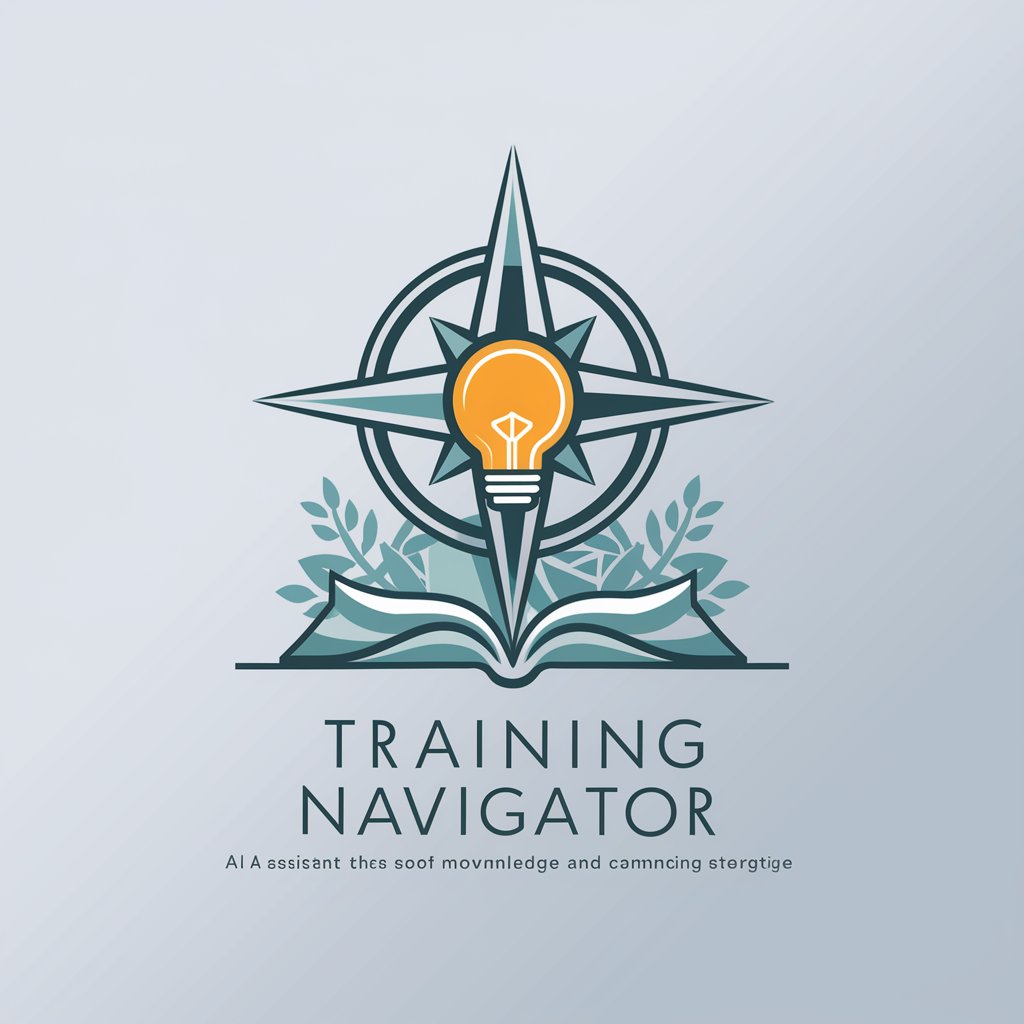
Medi-Visualize
Bringing medical concepts to life with AI
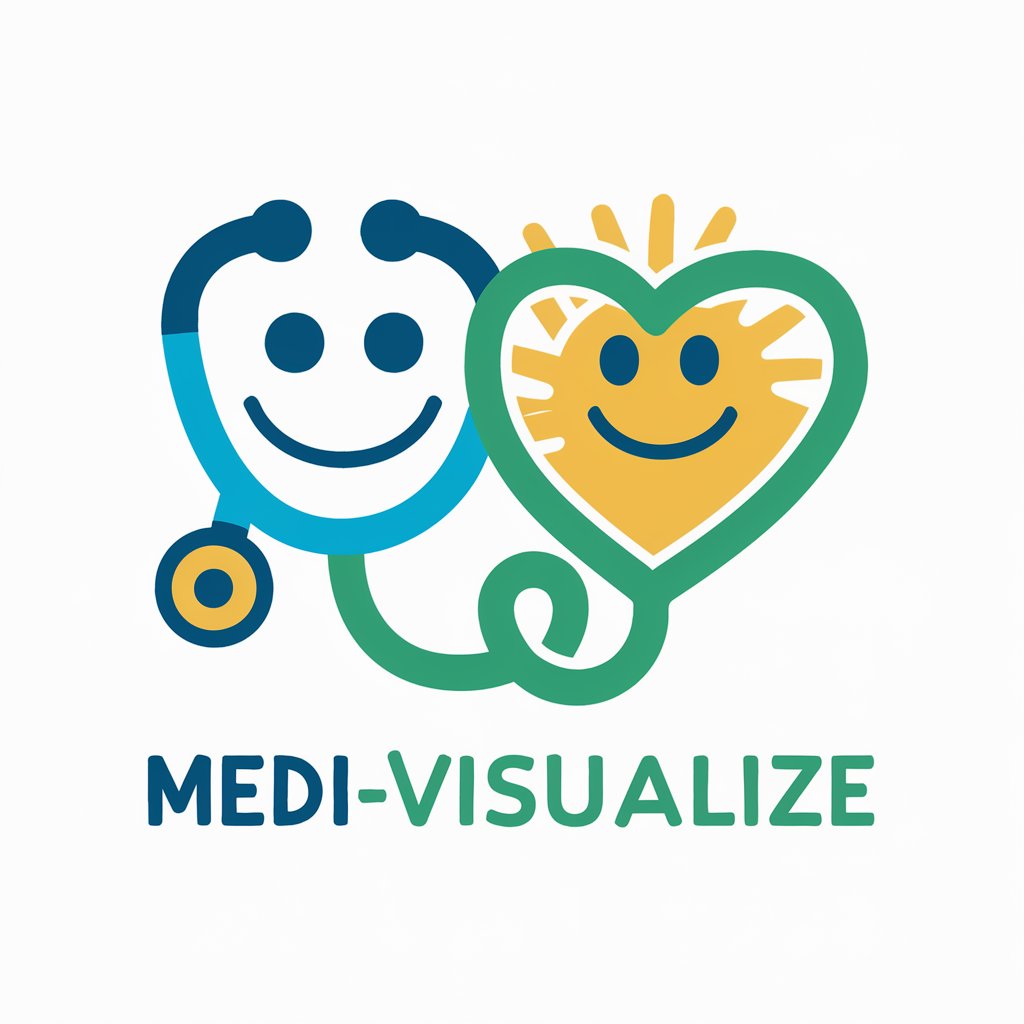
Aligned Wisdom
Explore Cosmic Wisdom with AI-Powered Insights
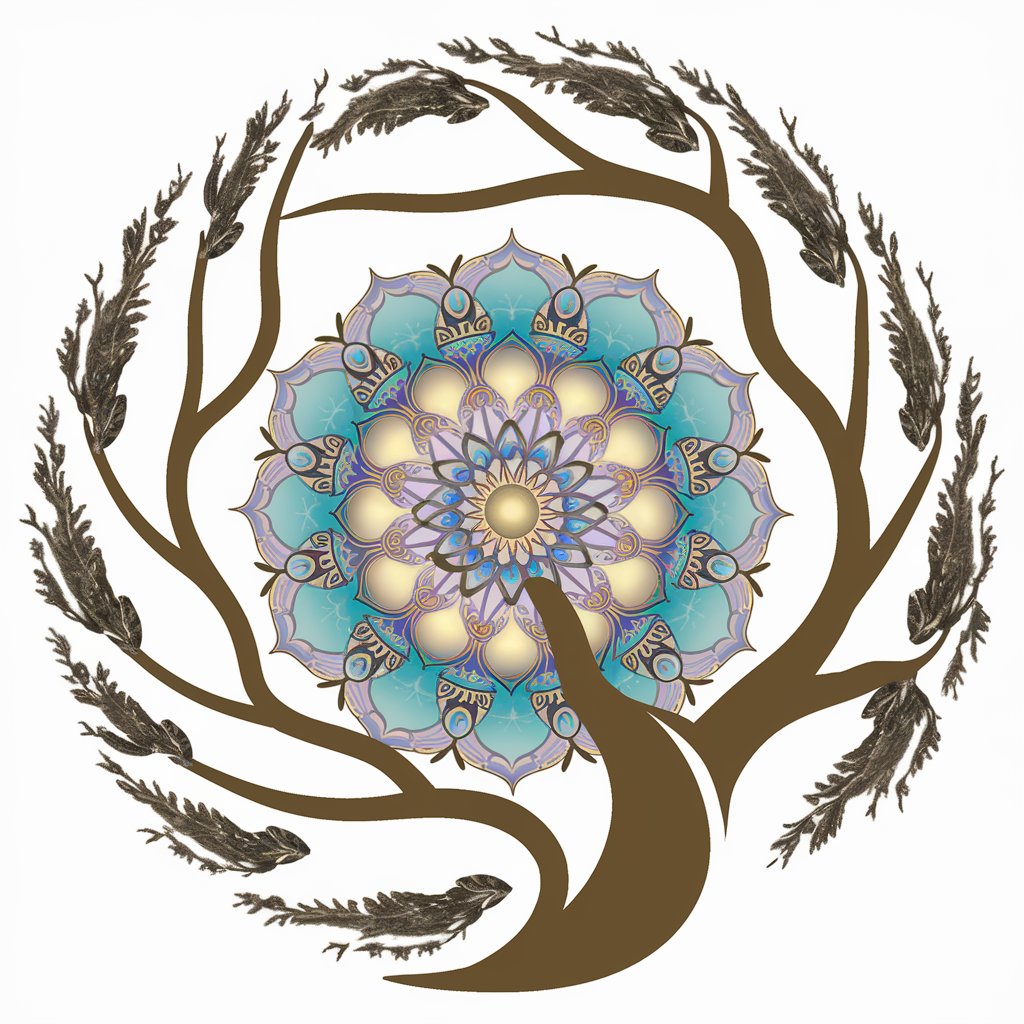
Q&A with Thomas Girard: Ingénieur DevOps
What is CI/CD and how can I implement it effectively?
CI/CD stands for Continuous Integration/Continuous Deployment. It's a method to frequently deliver apps to customers by introducing automation into the stages of app development. The main concepts of CI/CD are continuous integration, continuous delivery, and continuous deployment. Implement it effectively by using tools like Jenkins, GitLab CI, or GitHub Actions to automate your testing and deployment processes, ensuring your code is always in a deployable state.
How does Kubernetes improve application scalability?
Kubernetes manages containerized applications across a cluster of servers, optimizing resource utilization and ensuring your application can scale up or down automatically based on demand. It abstracts the complexity of managing server clusters, making it easier to deploy, scale, and manage your applications efficiently.
Can you provide tips for optimizing Docker container performance?
Optimizing Docker container performance involves several strategies: using smaller base images to reduce startup time and resource usage, managing persistent storage effectively, optimizing the Dockerfile for cache utilization during builds, and implementing multi-stage builds to minimize the final image size. Additionally, regularly updating your Docker images and using Docker's built-in health checks can improve performance and reliability.
What are the best practices for securing AWS environments?
Securing AWS environments involves multiple layers of protection: using Identity and Access Management (IAM) to control access to AWS resources, enabling Multi-Factor Authentication (MFA) for enhanced security, regularly auditing your AWS environment with tools like AWS Trusted Advisor, encrypting data at rest and in transit, and following the principle of least privilege when assigning permissions.
How do you stay updated with the latest DevOps trends?
Staying updated with the latest DevOps trends involves participating in online communities, attending webinars and conferences, subscribing to relevant newsletters, and following thought leaders on social media. Continuous learning and experimentation with new tools and practices are key to staying at the forefront of DevOps.
